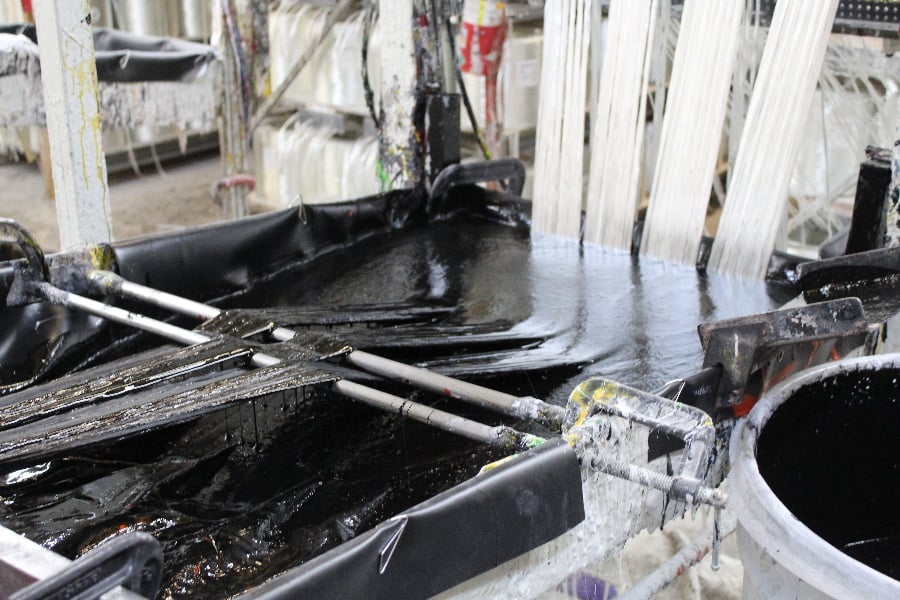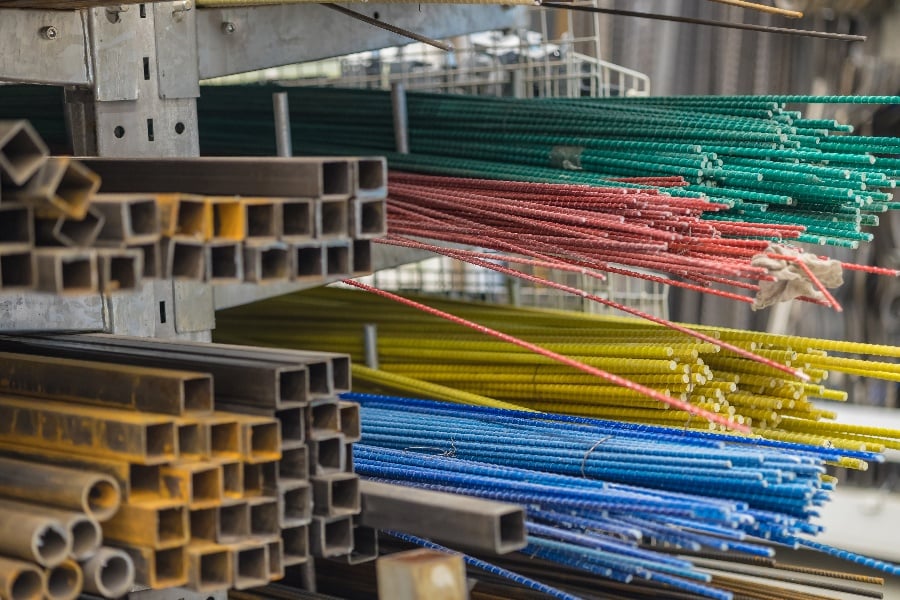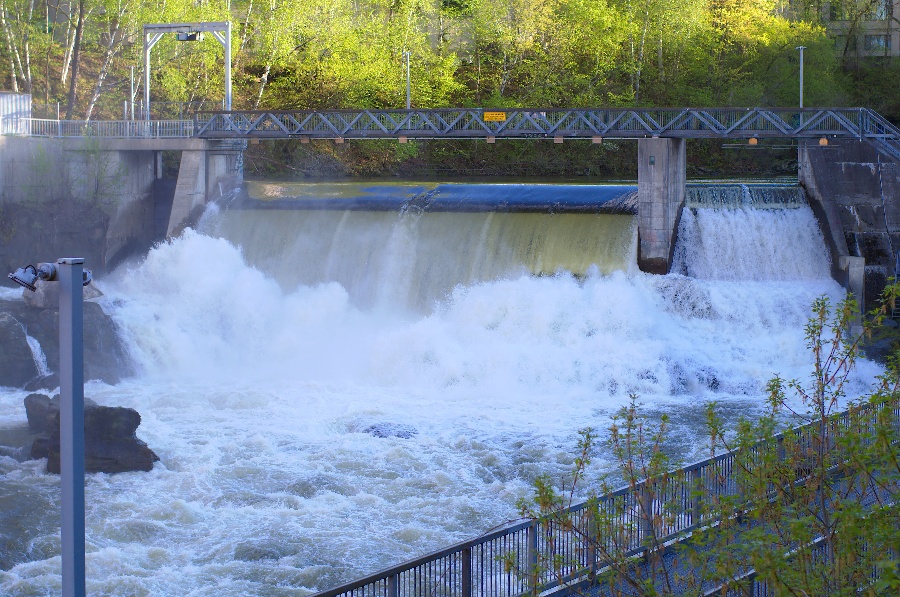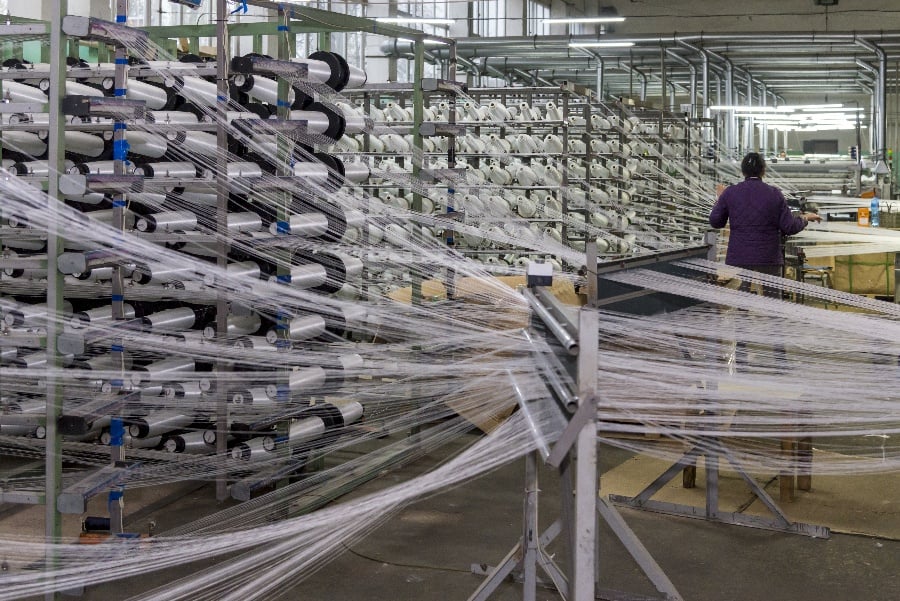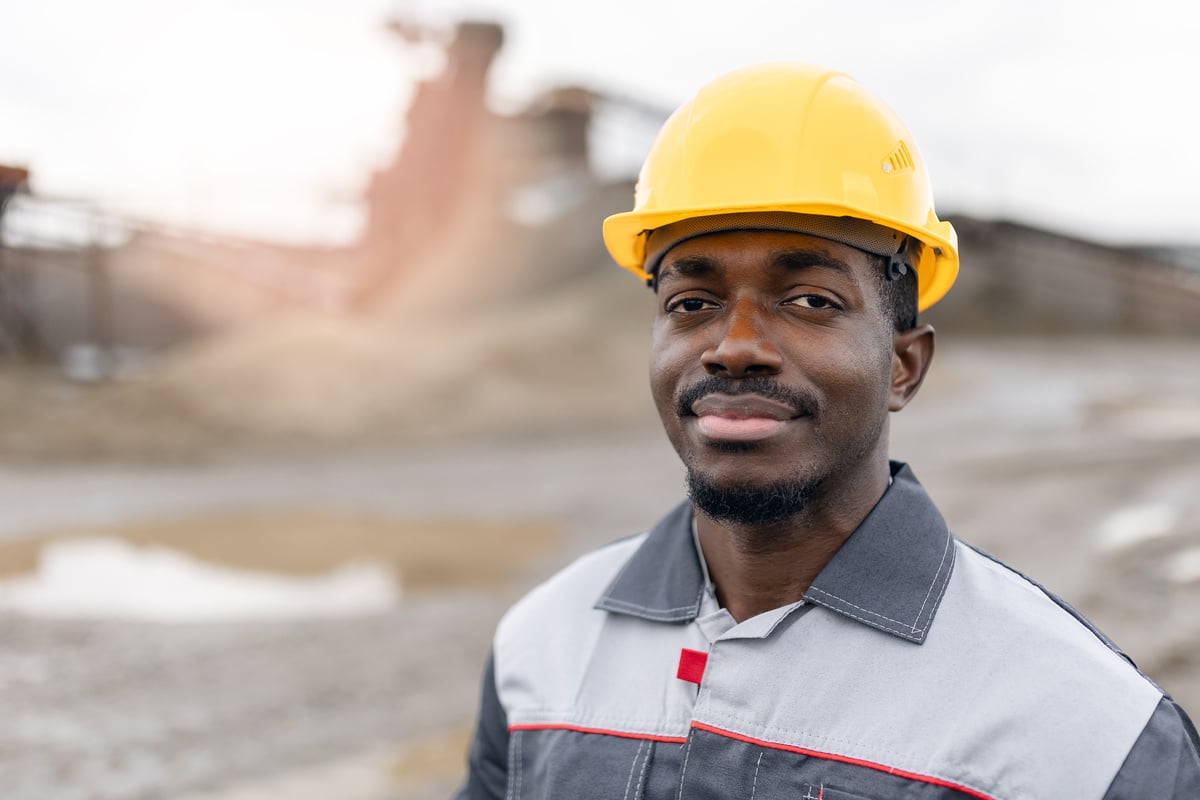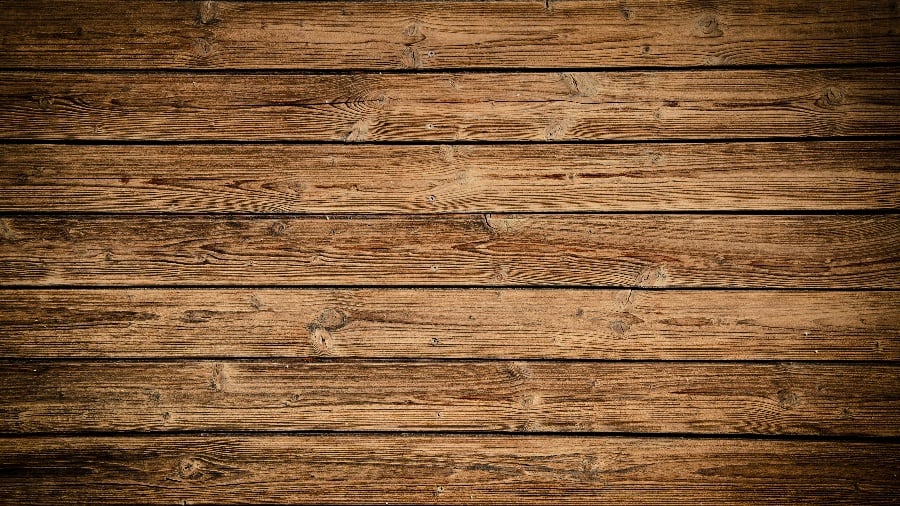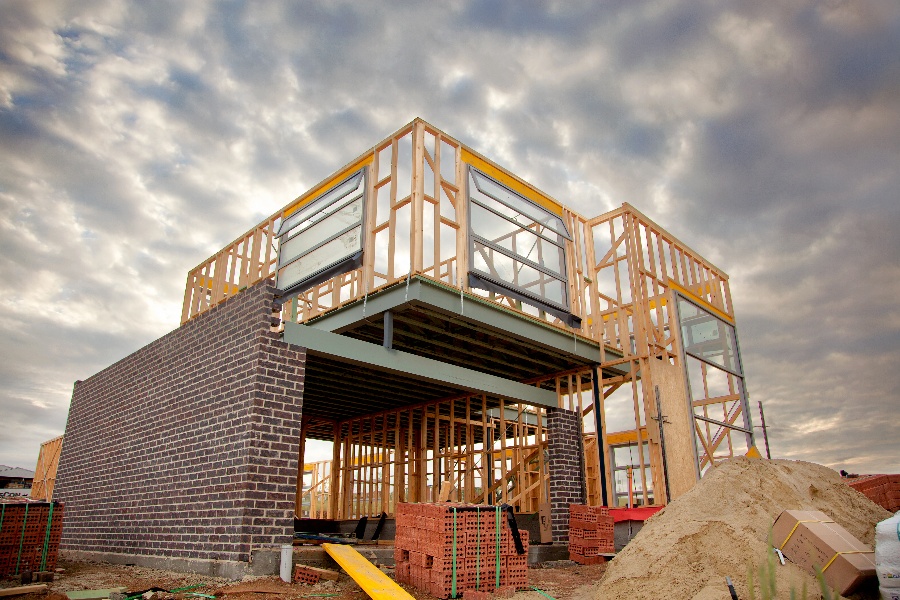
Pultruded products are quickly gaining ground over traditional materials across almost all industries thanks to their low material costs, lightweight, resistance to challenging environments, and superior performance properties.
In particular, due to the exceptional physical and mechanical properties, glass fiber composites (fiberglass composites) are dominating the industry.
Globally, the composites market size is projected to grow from $90.6 billion in 2019 to $131.6 billion by 2024, with fiberglass taking up a huge proportion of this.
The fiberglass market is currently at $17.1 billion and is projected to grow to $23.9 billion by 2024 at a CAGR of 7.0% - that’s about a fifth of the global composites market in 2019 and 2024 respectively.
There are many reasons why fiber reinforced polymer (FRP) composites like fiberglass are gaining popularity.
Pultruded fiberglass, in particular, is being increasingly used in lieu of steel across a range of industries due to its many high performance qualities, of which we will look into here.
Performance Properties
When comparing pultruded fiberglass and steel, there is a range of performance characteristics that need to be considered. In particular, two key aspects of utmost importance is how the product performs under stress and in corrosive and extreme environments.
In thermal load-bearing projects, fiberglass is superior to steel in a multitude of ways. Fiberglass rebars are as strong as steel when it comes to reaching a buckling point, and are less likely to corrode when used in exposed environments.
In a study on FRP rebar used in construction for the reduction of thermal bridges, load-bearing fiberglass rebars were found to have a higher longitudinal tensile strength and lower module of elasticity and density when compared with steel (550 MPa and 200GPa for steel as opposed to 1000 MPa and 50GPa for fiberglass rebars).
Furthermore, pultruded fiberglass rebars have been shown to maintain their mechanical properties and micro-structural integrity for longer than 15 years, enhancing durability and reducing the need for maintenance and replacement.
In addition to these properties, FRP rebars are also corrosion-resistant, electromagnetically neutral, and are not conductors of thermal or electrical currents. This makes them a great substitute for steel products in industries where these properties are required.
By comparing their performance properties, it is clear that in many applications fiberglass is stronger than steel. However, the most compelling advantage of using pultruded fiberglass instead of steel comes when looking at the combined advantages across the board.
Yes, fiberglass has superior mechanical properties to steel, but it also outperforms in many other important categories.
Other Advantages
Aside from the obvious strength benefits of using fiberglass composites, there are many other advantages to going with pultruded FRPs that make a far stronger case for their use.
Compared to steel, fiberglass is far more durable in exposed and extreme environments. It can withstand extreme heat and cold without warping and is extremely resistant to rust and corrosion.
Because of these properties, FRP products have much lower maintenance costs and replacement rates, making them a far more cost-effective option than steel in the long-run.
Their durability also means that fiberglass is the preferred material when building in waterfront environments or locations with corrosive soils as they will not corrode nearly as quickly as steel.
Because of this, their use in waterfront boardwalks, over-water bridges, and other ocean-front applications are far more effective than with steel.
Another reason why pultruded fiberglass products are superior to steel is the weight. Pultruded products can weigh up to 75% less than steel and have been shown to massively reduce the overall weight of end-products when fiberglass is used.
This means transporting and erecting the materials is easier, faster, and cheaper than steel. Additionally, the lowered weight means that vehicles manufactured using fiberglass instead of steel have a lowered fuel consumption–helping consumers of these end-products immensely and having a lowered impact on the environment.
Additionally, fiberglass products can be manufactured to fit a range of safety measures in ways that steel cannot. During the pultrusion process, glass fibers can be reinforced with fire retardant and resistant properties.
This process results in products that fulfill even the strictest fire-safety requirements, making them ideal for use in applications such as housing construction where strict fire regulations are in place.
Examples of Use
Because of their many advantages, pultruded fiberglass is being used across a range of industries as a substitute for steel products. Fiberglass products are revolutionizing bridge and tunnel building, high rise construction, and marine and waterfront applications to name a few.
A prime example of fiberglass replacing steel can be found in commercial construction; scaffolding being an example of this. While steel scaffolding is still used with more frequency, fiberglass scaffolding is increasing in popularity due to its stability, lightweight, and resistance to oxidation and corrosion.
Bridge construction is also benefiting from the strength of fiberglass composites. Fiberglass bridges are lighter, easier to assemble, more sustainable, and more durable than traditional bridges made from steel and wood.
In fact, fiberglass composites are proving so superior to steel that older steel structures are beginning to be replaced with fiberglass parts.
For example, the Ohio Department of Transportation (ODOT) has recently passed a steel replacement scheme for the Anthony Wayne Trail Bridge in Toledo that has fiberglass components substituting steel. After extensive research, ODOT found that fiberglass was a superior product and opted to slowly replace the steel entirely.
Conclusion
After looking at the benefits of using pultruded fiberglass over steel, there’s no surprise that FRPs are quickly gaining ground over traditional materials across almost all industries.
Their low material cost, lightweight, resistance to challenging environments, and superior performance properties mean they’re only going to continue paving the way for continued growth.
In North America, pultruded products are expected to experience continued growth because of the proliferation of 5G and the industries mentioned above. Infrastructure and construction will be the major growth sectors, with products including pultruded glass fiber of great importance to the 5G infrastructure.
The commercial and residential real estate markets continue to stabilize in the region as well, with developers focused on building long standing establishments with materials to future proof durability.

Wind and other green energy end use companies are driving growth with a need for more efficient processes. Improvements in automated operations give pultrusion companies a larger opportunity to participate in scaled partnerships with green companies while reducing the total cost of the products being produced.
As AI and machine learning technologies continue to improve production accuracy and reduce inefficiencies in pultrusion manufacturing, the green industry will almost certainly find new opportunities to include these manufacturing processes in their daily operations.
For any project that requires steel and wood, it’s worth looking into fiberglass as an option instead.




